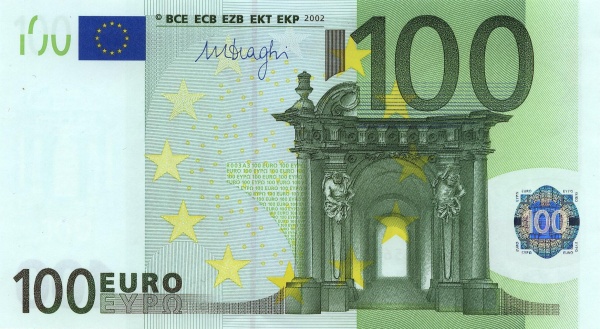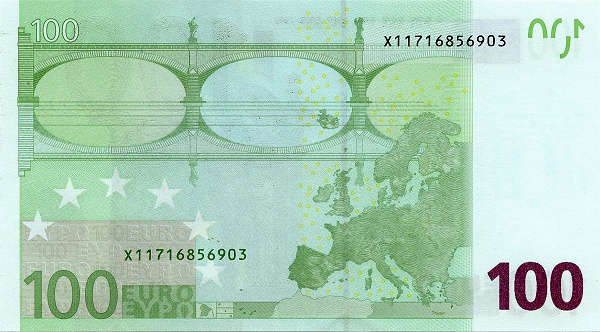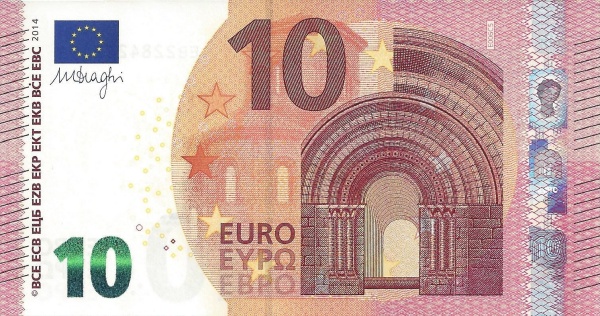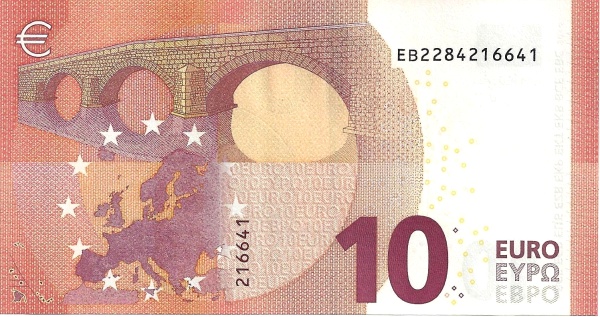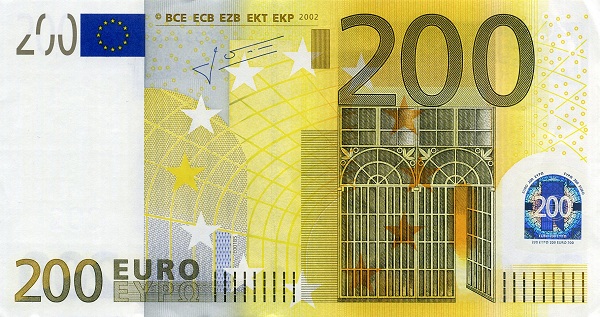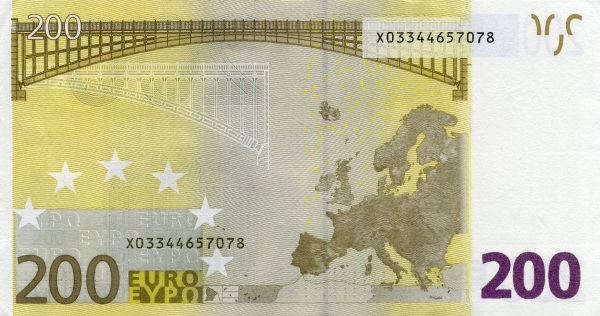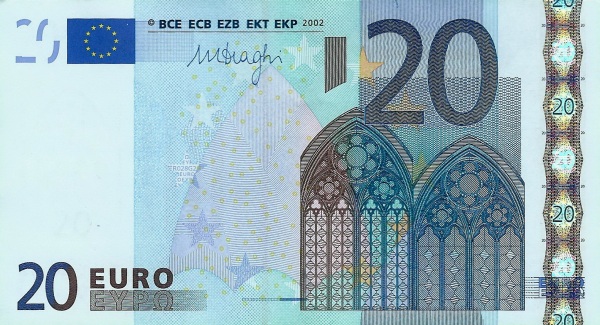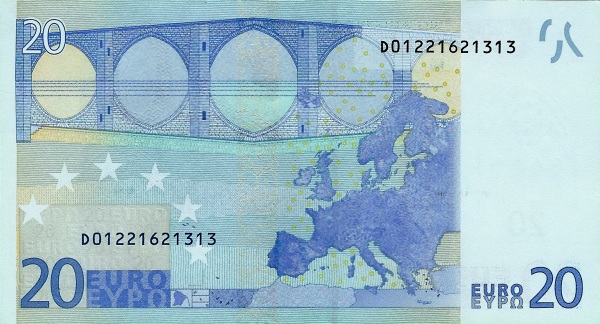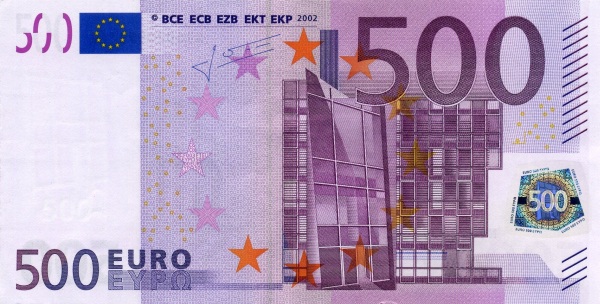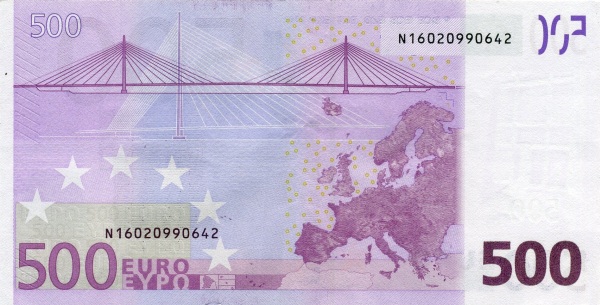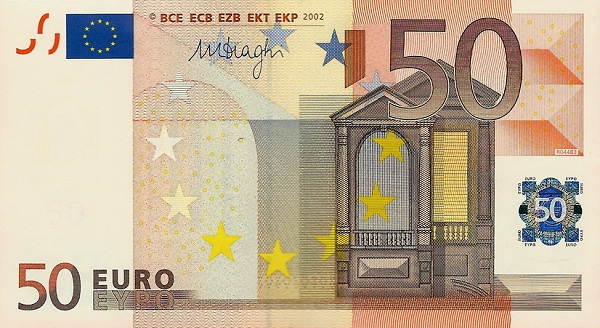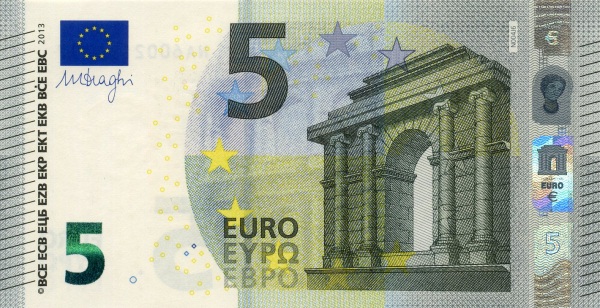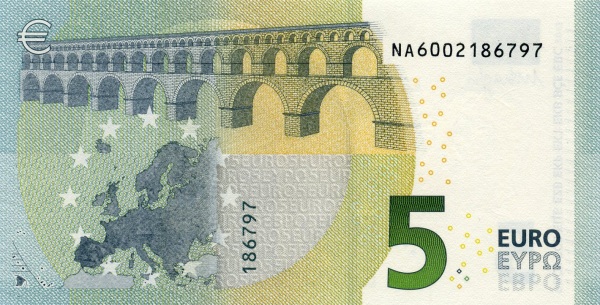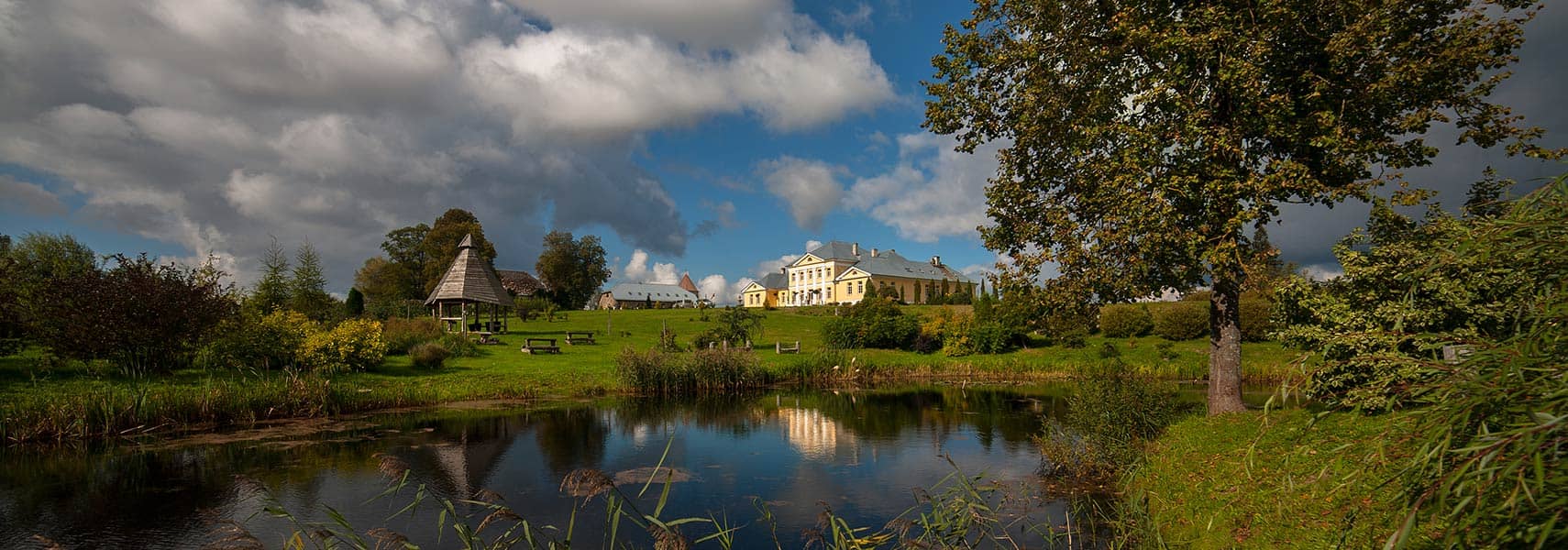Discovering Latvia: A Baltic Gem
Latvia, a captivating destination nestled among the three Baltic states, graces the eastern shore of the Baltic Sea. This beautiful country lies between Estonia and Lithuania, while also sharing borders with Russia and Belarus. Additionally, it has maritime borders with Sweden. With an impressive area of 64,589 km², Latvia is slightly larger than the U.S. state of West Virginia but approximately half the size of Greece. Its landscape features stunning beaches, winding rivers, tranquil lakes, lush marshes, and expansive forests. The country consists of four major regions: West Latvia (Kurzeme), East Latvia (Latgale), North Latvia (Vidzeme), and South Latvia (Zemgale).
A Look at Latvia’s Demographics
As of 2017, Latvia boasted a population of about 1.95 million people. Riga, the capital and largest city, serves as the vibrant heart of this nation. The primary language spoken is Latvian, which holds official status. However, Russian also enjoys a wide prevalence, especially in urban areas, while English has gained popularity in business and tourism interactions.
The Historical Journey of Latvia
Latvia's past proves fascinating and tumultuous. After a brief period of independence between the two World Wars, Latvia became part of the USSR in 1940. Upon the dissolution of the Soviet Union, it joyfully reestablished its independence in 1991. The departure of the last Russian troops in 1994 marked a significant moment in Latvia's history. Nevertheless, the status of the Russian minority, which constitutes about 26% of the population, remains a sensitive issue with Moscow. Consequently, Latvia diligently works to modernize its economy, aiming for deeper integration with Western European political and economic institutions. Since May 2004, Latvia has proudly held membership in the European Union, transitioning to the euro zone in 2014.
Latvia's Government System
Latvia operates as a parliamentary democracy. The foundation of its governance rests on the law "On the Republic of Latvia Status as a State," enacted by Parliament on 21 August 1991. This pivotal law reinstated the constitution of 1922 and formed the basis for subsequent governance.
Geographical Overview of Latvia
Located in Eastern Europe, Latvia borders the Baltic Sea and finds itself nestled between Estonia and Lithuania. The country's geography consists of fertile low-lying plains that dominate central Latvia, contrasted by highlands in Vidzeme and Latgale to the east. Furthermore, the hilly moraine in the western Kurzeme region adds to the natural beauty. Notably, forests cover roughly one-third of Latvia, which is home to around 3,000 small lakes and numerous bogs, enhancing its ecological diversity.
Climate Patterns in Latvia
Latvia experiences a temperate maritime climate characterized by significant rainfall and four distinct seasons. January often sees average temperatures around -5°C (23°F), while July delights residents with temperatures averaging 17°C (63°F). These variations in temperature and seasonal changes contribute to the rich diversity of flora and fauna throughout the country.
The People of Latvia
The nationality of this nation is largely Latvian, making up approximately 58.5% of the population. Russians comprise around 29%, followed by Belarusians at 3.9%, Ukrainians at 2.6%, and Poles at 2.5%. Latvia maintains a highly literate population, boasting an impressive literacy rate of 99%. In terms of religion, it embraces several beliefs, primarily Lutheranism, Orthodoxy, and Roman Catholicism. Thus, the cultural landscape of Latvia remains both vibrant and diverse.
Latvia's Rich Natural Resources
Latvia's land is abundant with natural resources, including peat, limestone, dolomite, amber, hydropower, and wood. Additionally, arable land supports its agricultural output, which features grains, sugar beets, potatoes, vegetables, and livestock products such as beef, pork, milk, and eggs. The fishing industry also holds prominence, contributing further to the local economy.
Industries and Economic Drivers in Latvia
Latvia's economy thrives on various industries, such as automotive manufacturing, railroad cars, agricultural machinery, fertilizers, electronics, synthetic fibers, pharmaceuticals, processed foods, and textiles. Regarding exports, Latvia focuses on commodities including foodstuffs, wood products, metals, machinery, equipment, and textiles. Interestingly, the country's export partners primarily include Lithuania (17.8%), Russia (11.5%), Estonia (11.1%), Germany (6.3%), and Poland (5.6%). On the importing side, Latvia seeks machinery and equipment, consumer goods, chemicals, fuels, and vehicles, predominantly from Lithuania (16.9%), Germany (11.2%), and Poland (10.5%).
Currency and Economic Insights
Latvia previously utilized the Latvian Lat (LVL) as its currency, but it transitioned to the euro in 2014. This shift signified an important milestone for the country, reinforcing its commitment to integration with European markets and enhancing trade relations.
Political Framework and Legislative Structure
Since 21 August 1991, Latvia has embraced a parliamentary republic framework. The president serves as the ceremonial Chief of State, elected by the Saeima (Latvia's parliament). Meanwhile, the Prime Minister acts as the head of government, commanding the armed forces and appointed by the president with the Saeima's approval. This unicameral legislative body, the Saeima, plays a crucial role in shaping the political landscape. With its successful integration into the European Union since May 2004, Latvia continues to strengthen its position within the region.
Largest cities of: Latvia
| City Name | Population | Year of foundation | |
| Riga | 632,614 | 1201 | |
| Daugavpils | 82,050 | 1275 | |
| Liepāja | 68,000 | 1253 | |
| Jūrmala | 52,000 | circa 1200 | |
| Ventspils | 30,533 | 1230 | |
| Rēzekne | 27,827 | 1773 | |
| Ogre | 23,442 | 1857 | |
| Ludza | 8,130 | 1340 |
Latvia: Money
